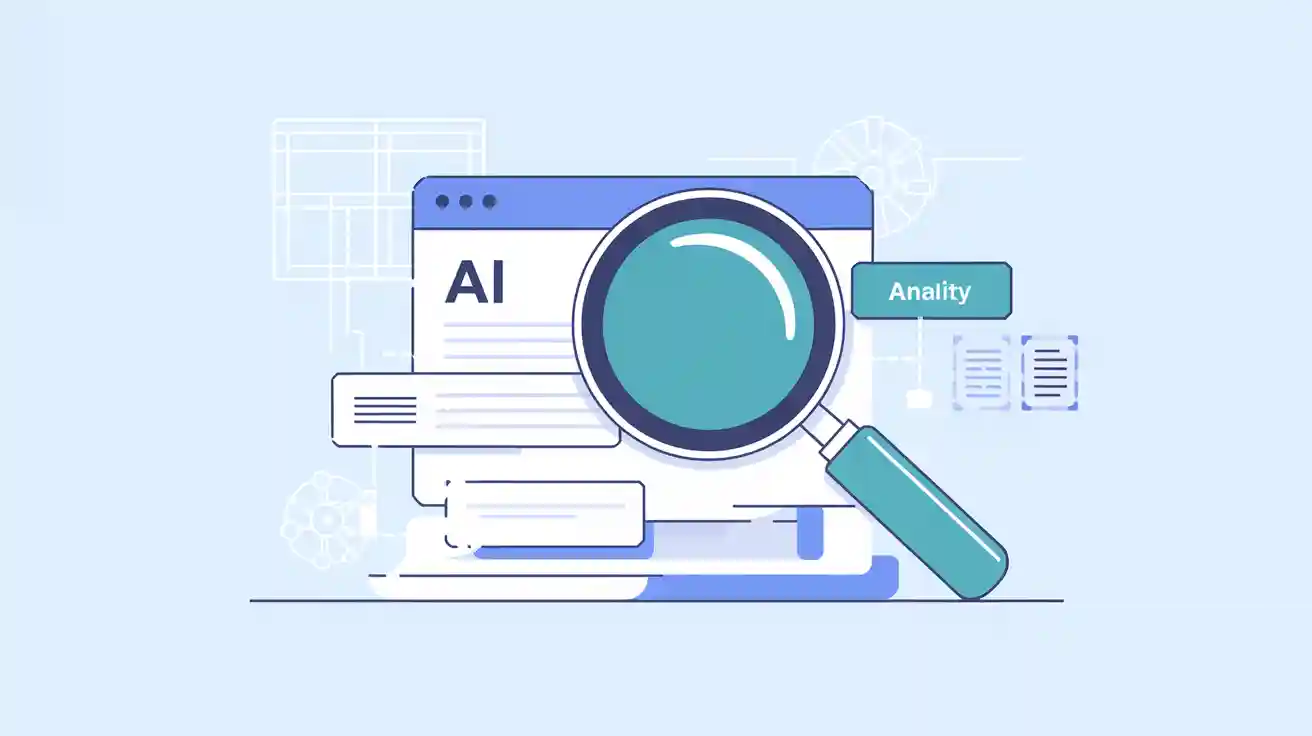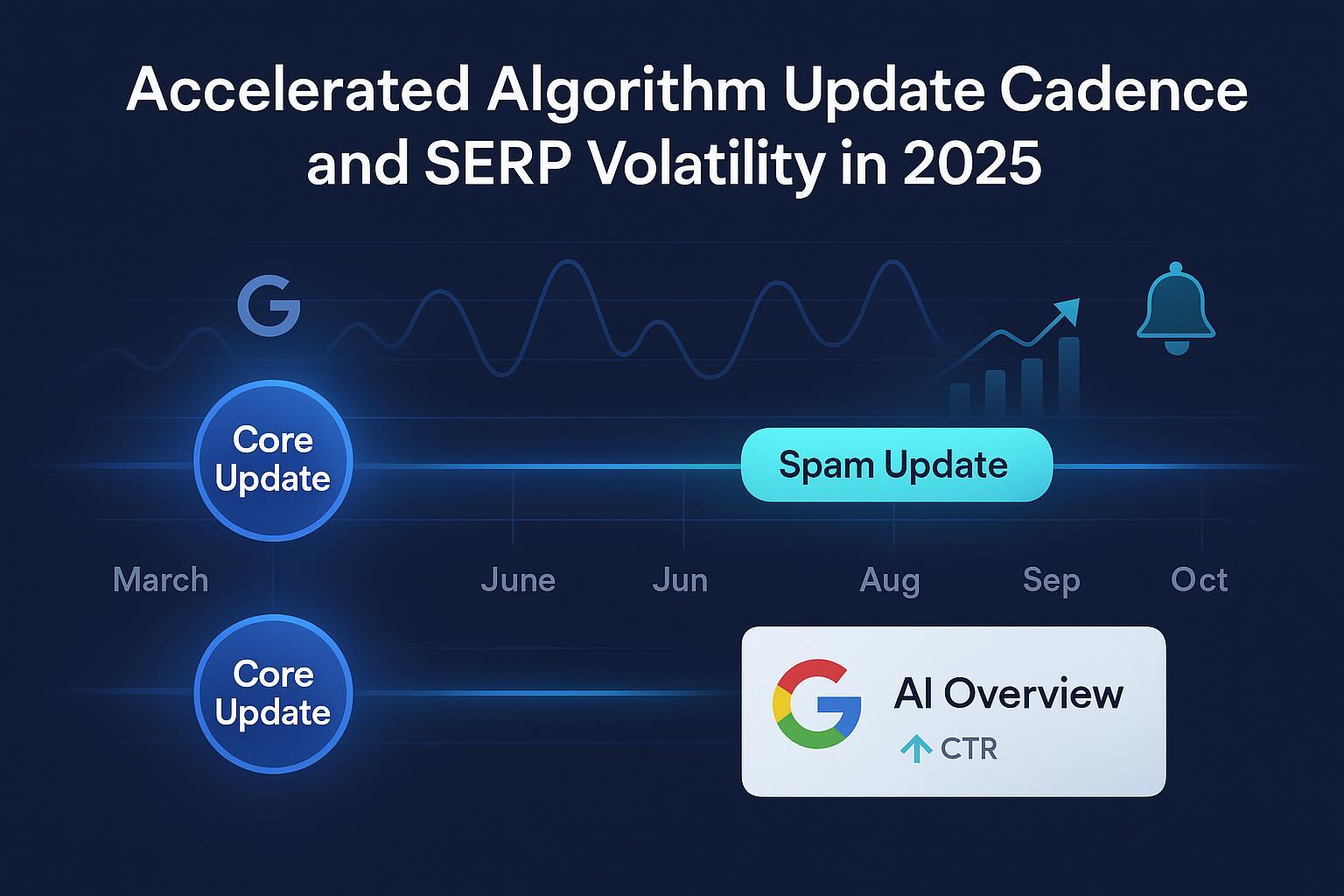What is AI Content Detection? Definition, Principles & Real-World Applications
Discover what AI Content Detection is, how it works, and why it matters for brands, marketers, and educators. Learn the definition, key technologies (classifiers, embeddings, perplexity), practical applications in SEO, brand management, and content moderation, plus challenges and best practices. Includes comparison with plagiarism detection and content moderation. Updated for 2024.


One-Sentence Definition
AI Content Detection is the process of using artificial intelligence to determine whether digital content—such as text, images, audio, or video—was generated by AI systems or by humans.
Detailed Explanation
AI Content Detection tools analyze the features of content to evaluate if it matches patterns typical of AI-generated material. These tools rely on machine learning and natural language processing (NLP) to compare new content against large datasets of both human- and AI-created examples. The goal is to identify subtle differences in language, structure, and semantics that may indicate AI involvement. As generative AI becomes more advanced, distinguishing between human and AI content is increasingly challenging, making detection tools essential for educators, publishers, brands, and digital marketers.
For a comprehensive overview, see Wikipedia: Artificial intelligence content detection and QuillBot: How Do AI Detectors Work?.
Key Components of AI Content Detection
Classifiers: Machine learning models trained on labeled datasets to categorize content as AI- or human-generated. They analyze features like word frequency, sentence structure, and tone.
Embeddings: Transform words and sentences into numerical vectors, allowing the system to assess semantic and structural similarities or differences.
Perplexity: Measures how predictable a piece of text is. AI-generated content often has lower perplexity, meaning it is more predictable than human writing.
Burstiness: Evaluates the variation in sentence length and structure. Human writing typically shows greater burstiness, while AI-generated text tends to be more uniform.
For more on these techniques, see SurferSEO: How Do AI Content Detectors Work?.
Real-World Applications
Education: Detecting academic dishonesty by identifying AI-generated essays or assignments.
Brand Management: Monitoring and analyzing how AI-generated content affects brand reputation and visibility across digital platforms.
SEO and Content Marketing: Ensuring content authenticity and quality, which can impact search rankings and user trust.
Content Moderation: Identifying and filtering out low-quality, spammy, or misleading AI-generated content on publishing platforms.
Example: A brand using Geneo can leverage AI-powered sentiment analysis and trend insights to detect and respond to negative AI-generated content that may harm its reputation. By tracking how AI-generated discussions evolve, brands can optimize their content strategies and maintain a positive digital presence.
Related Concepts
Content Moderation: The broader process of reviewing and managing user-generated content for compliance and quality.
Plagiarism Detection: Focuses on identifying copied or unoriginal content, while AI Content Detection focuses on the method of content creation.
Generative AI: AI systems that produce new content, such as text, images, or audio.
SEO Optimization: Strategies to improve content visibility and ranking in search engines, which can be influenced by the authenticity of content.
Visual Aids
AI Content Detection Workflow:
Input content (text, image, etc.)
Feature extraction (linguistic, structural, semantic)
Classification (AI vs. human)
Probability scoring and reporting
Comparison Table:
Feature | AI Content Detection | Plagiarism Detection | Content Moderation |
|---|---|---|---|
Focus | Creation method (AI/human) | Content originality | Compliance & quality |
Key Technology | ML, NLP, embeddings | Database matching | Rules, ML, human review |
Main Use Case | Authenticity, trust | Academic integrity | Platform safety |
Challenges and Limitations
False Positives/Negatives: Human-written content may be flagged as AI-generated and vice versa, especially for non-native speakers or creative writing.
Evolving AI Models: As generative AI advances, detection tools must constantly adapt.
Lack of Industry Standards: No universal benchmarks for accuracy, precision, or recall.
Conclusion & Next Steps
AI Content Detection is a rapidly evolving field that plays a crucial role in digital trust, brand management, and content quality. For brands and marketers, integrating detection tools with advanced analytics—such as those offered by Geneo—can provide actionable insights for optimizing content and protecting reputation in the age of generative AI.
Learn more about how Geneo can help your brand lead in AI search and content optimization.





